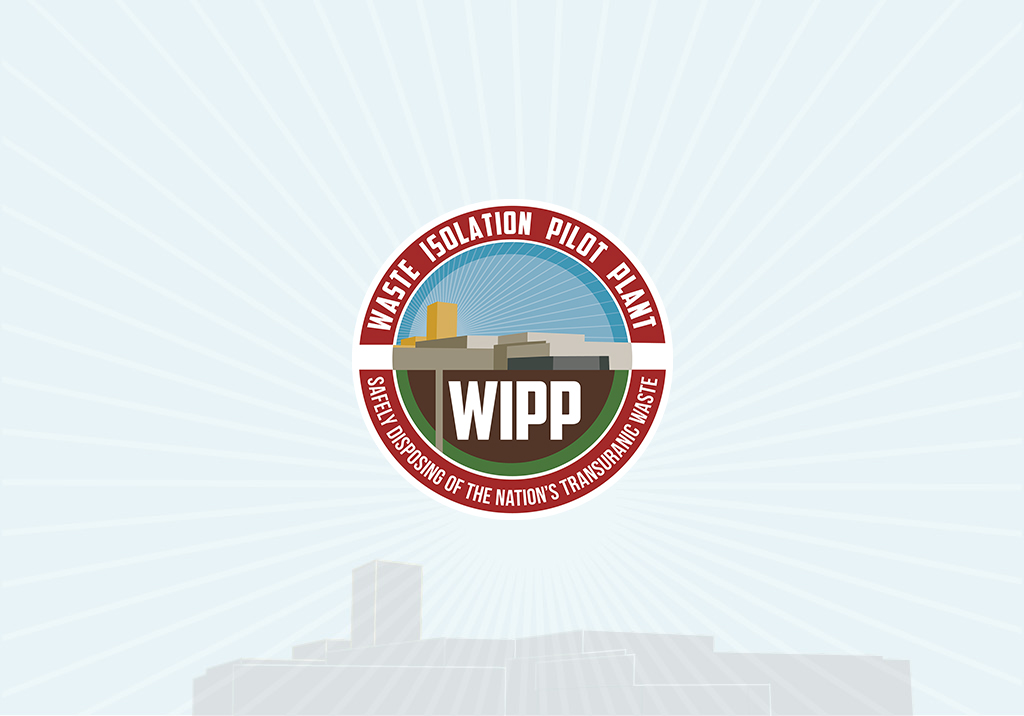
Stop The Bleed
October 30, 2023
Announcement of WIPP Community Forum & Open House
September 25, 2023WIPP Ventilation System Shaft Reaches Final Depth
CARLSBAD, N.M., October 25, 2023 – The Waste Isolation Pilot Plant (WIPP) recently marked a significant accomplishment when critical infrastructure that will supply air for the largest safety-related ventilation system in the DOE complex reached its final depth of 2,275 feet — after claiming an EM 2023 priority along the way.
The new air intake shaft — the underground waste repository’s largest utility shaft at 26 feet in diameter — supports the Safety Significant Confinement Ventilation System (SSCVS), which will increase underground airflow from 170,000 cubic feet per minute (cfm) to 540,000 cfm.
Increased airflow will allow for simultaneous waste emplacement, mining and bolting to take place in the underground at WIPP, the nation’s only repository for defense-related transuranic (TRU) waste. Bolting controls the movement of salt rock — known as salt creep — in the WIPP underground.
“Reaching this milestone is a real tribute to the crews who worked safely and compliantly around the clock,” said Mark Bollinger, EM Carlsbad Field Office manager. “Congratulations to the workforce on this big step toward the creation of more airflow in the WIPP underground, an important part of the new WIPP infrastructure.”
Salado Isolation Mining Contractors (SIMCO), WIPP’s management and operations contractor, is overseeing the SSCVS and utility shaft projects. Crews from SIMCO’s subcontractor, the joint partnership of Harrison Western and Shaft Sinkers, reached the shaft bottom by working a 24/7 schedule to support the project.
“Completion to depth is a great achievement,” said Ken Harrawood, SIMCO president and program manager. “This milestone sets the stage for all of our future progress to the west including Panel 11.”
The drilling crews reached the depth of the WIPP waste disposal rooms in early July, achieving the EM 2023 priority ahead of schedule. Horizontal passageways were created on either side of the shaft. These will be further mined to connect to the existing WIPP underground and provide access drifts, or connecting passageways, for new waste disposal panels that have been authorized at WIPP.
The final depth of the air intake shaft, at 2,275 feet, provides space below the repository level for work areas and infrastructure, such as communications and electricity that will support mining activities.
Located in Southeast New Mexico about 26 miles east of Carlsbad, WIPP was constructed in the 1980s for disposal of defense-generated TRU waste. The repository is carved out of a 2,000-foot-thick salt bed formed 250 million years ago. TRU waste is disposed of 2,150 feet underground in rooms mined from the salt bed.
